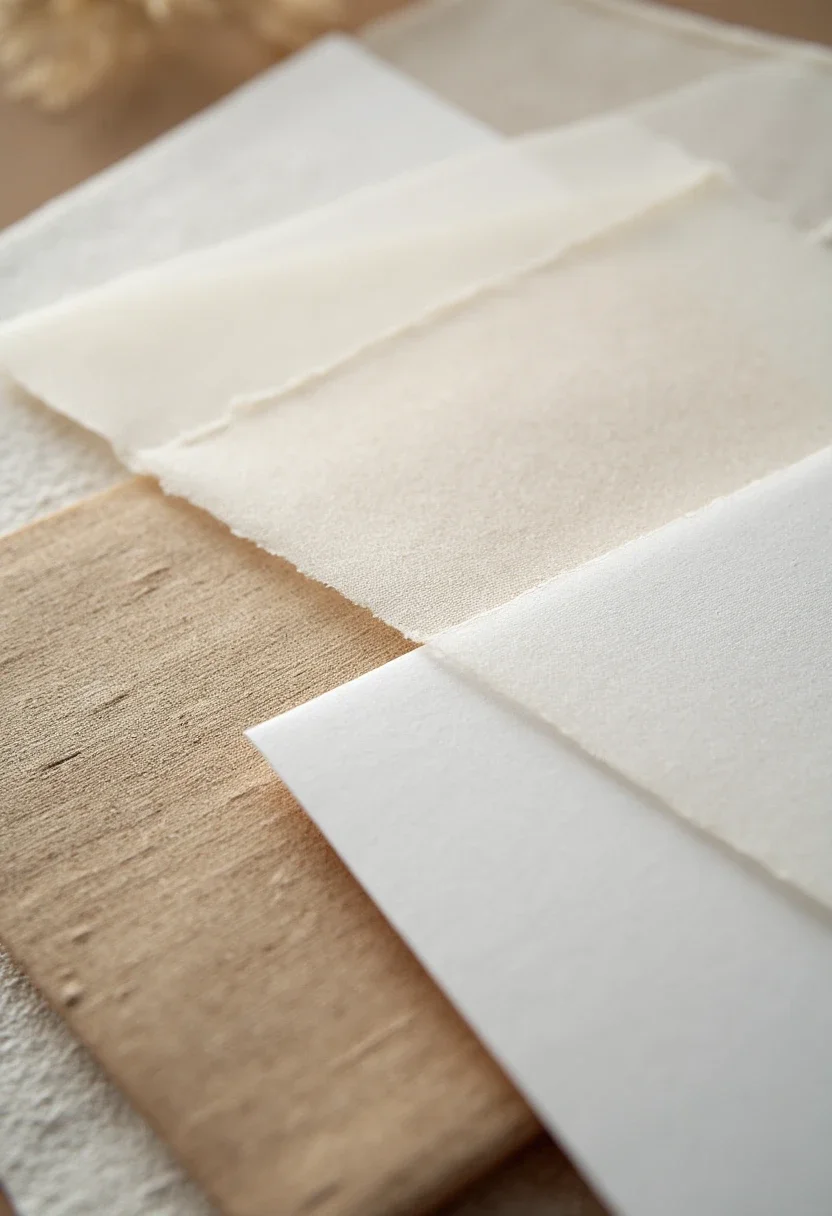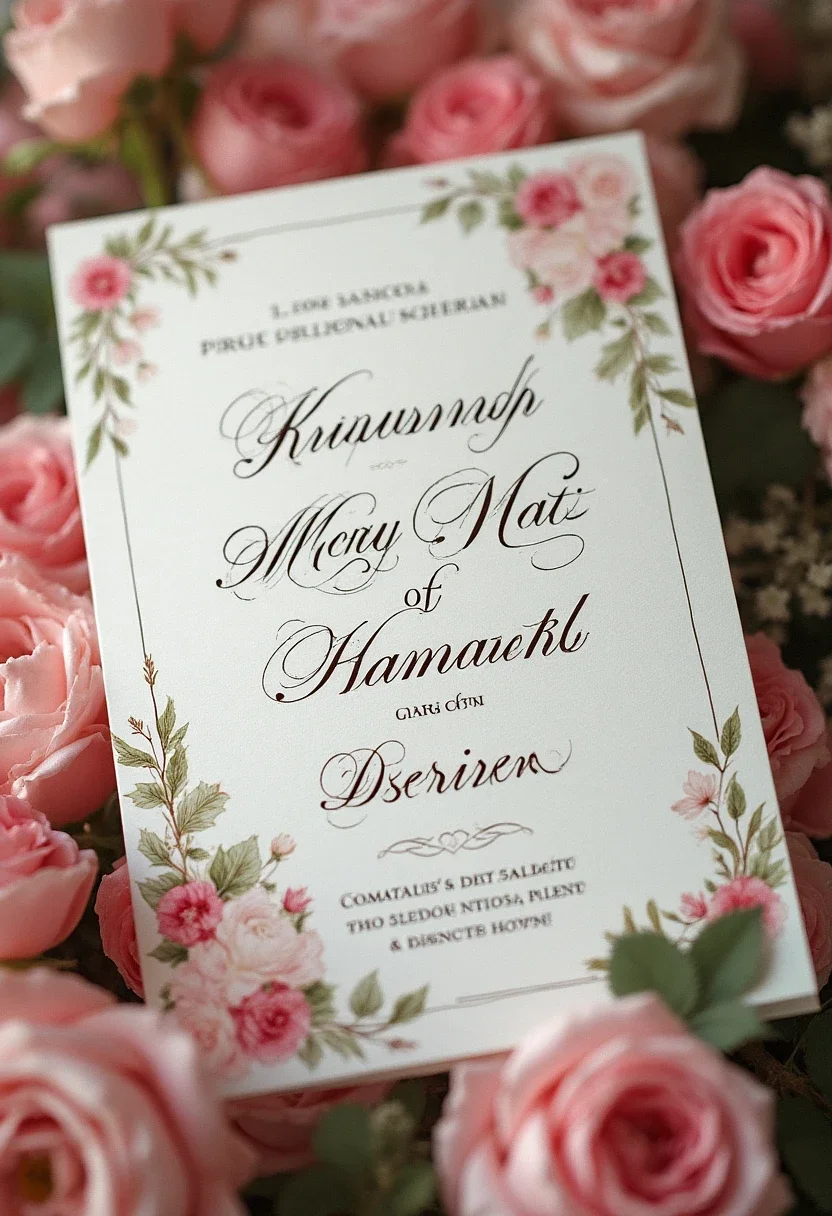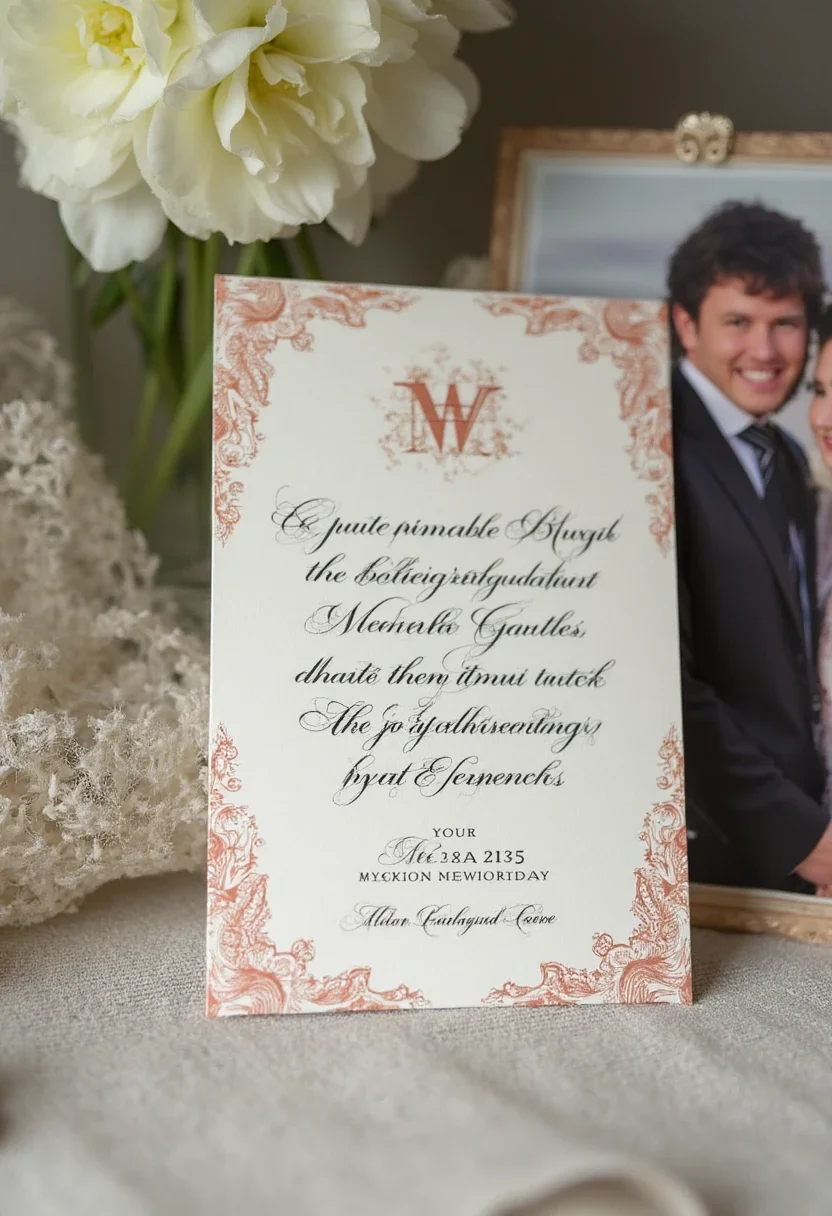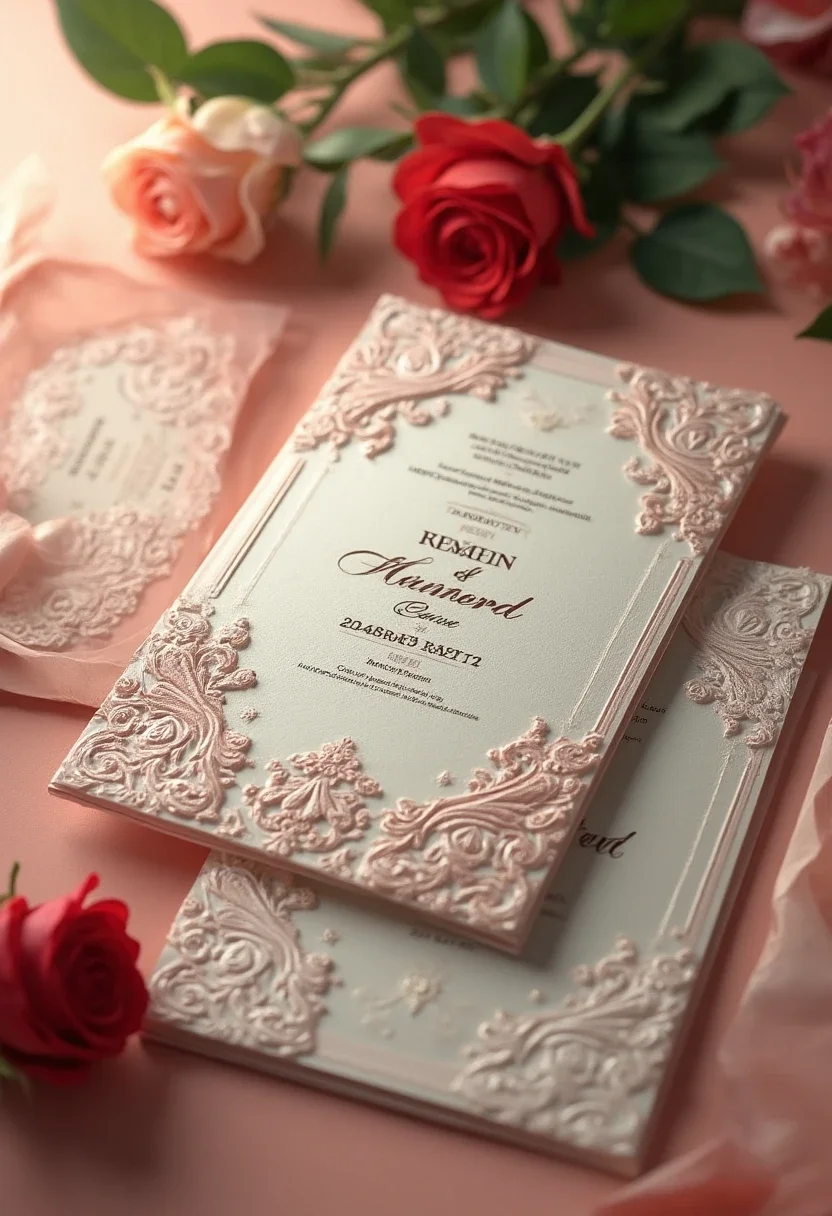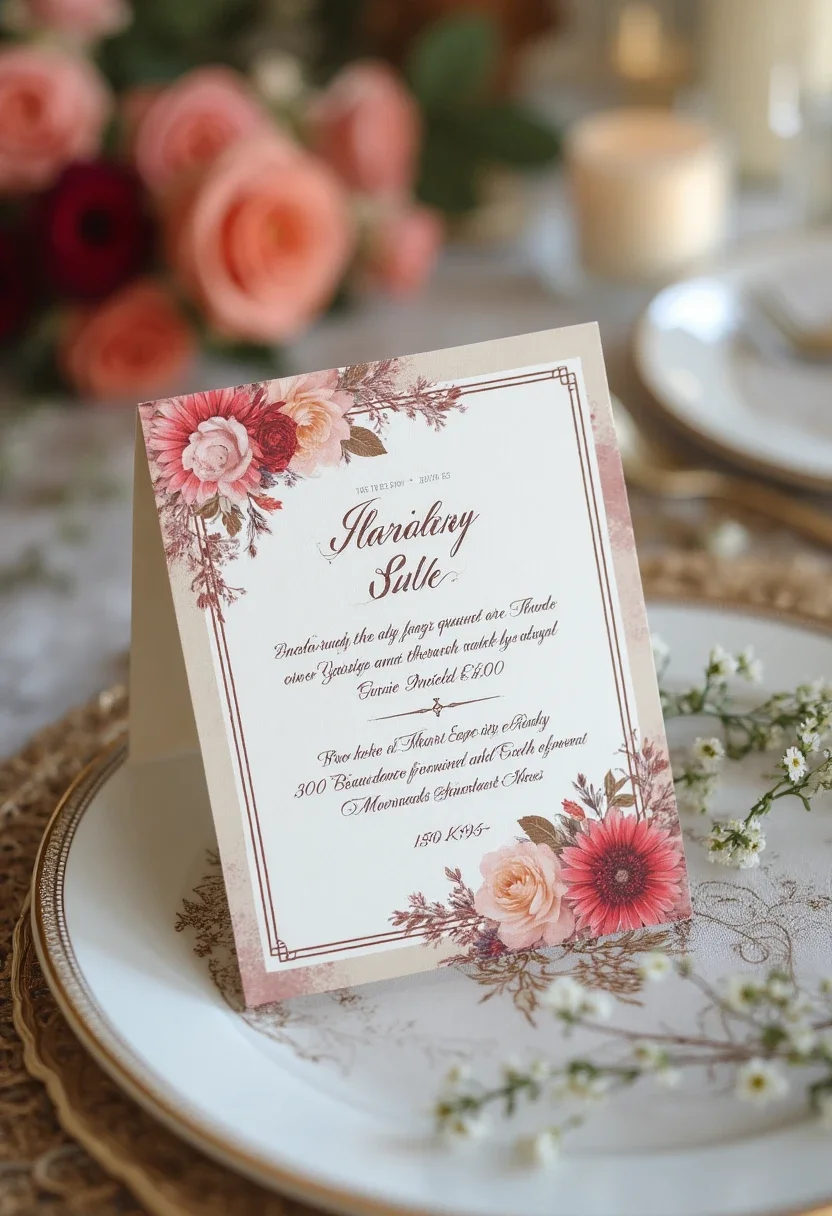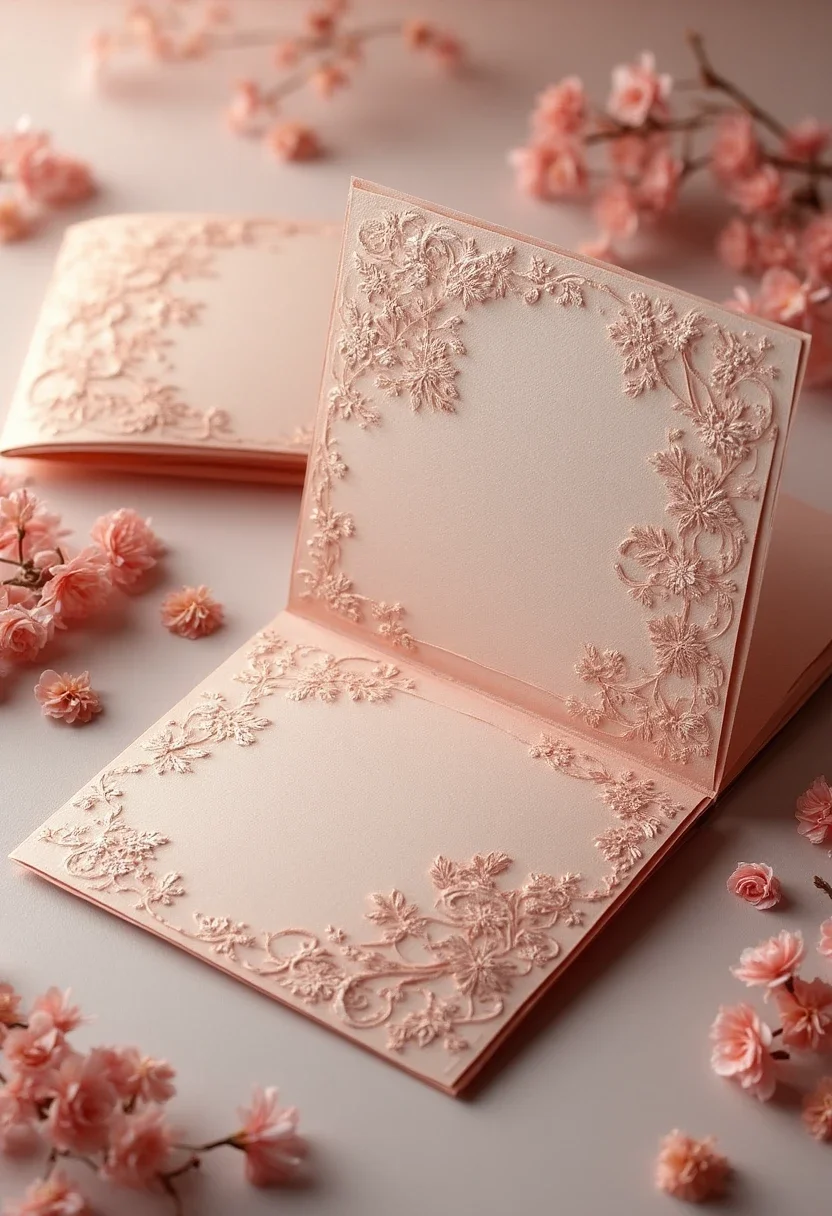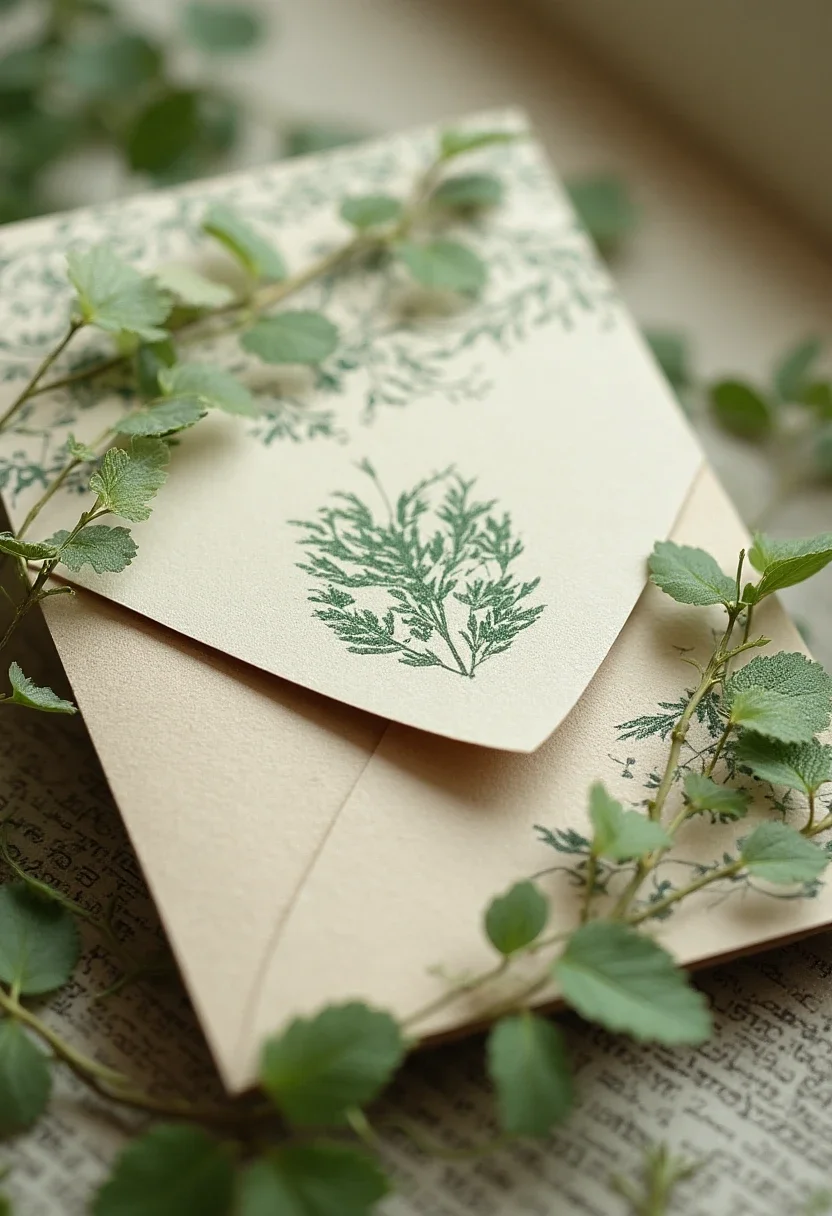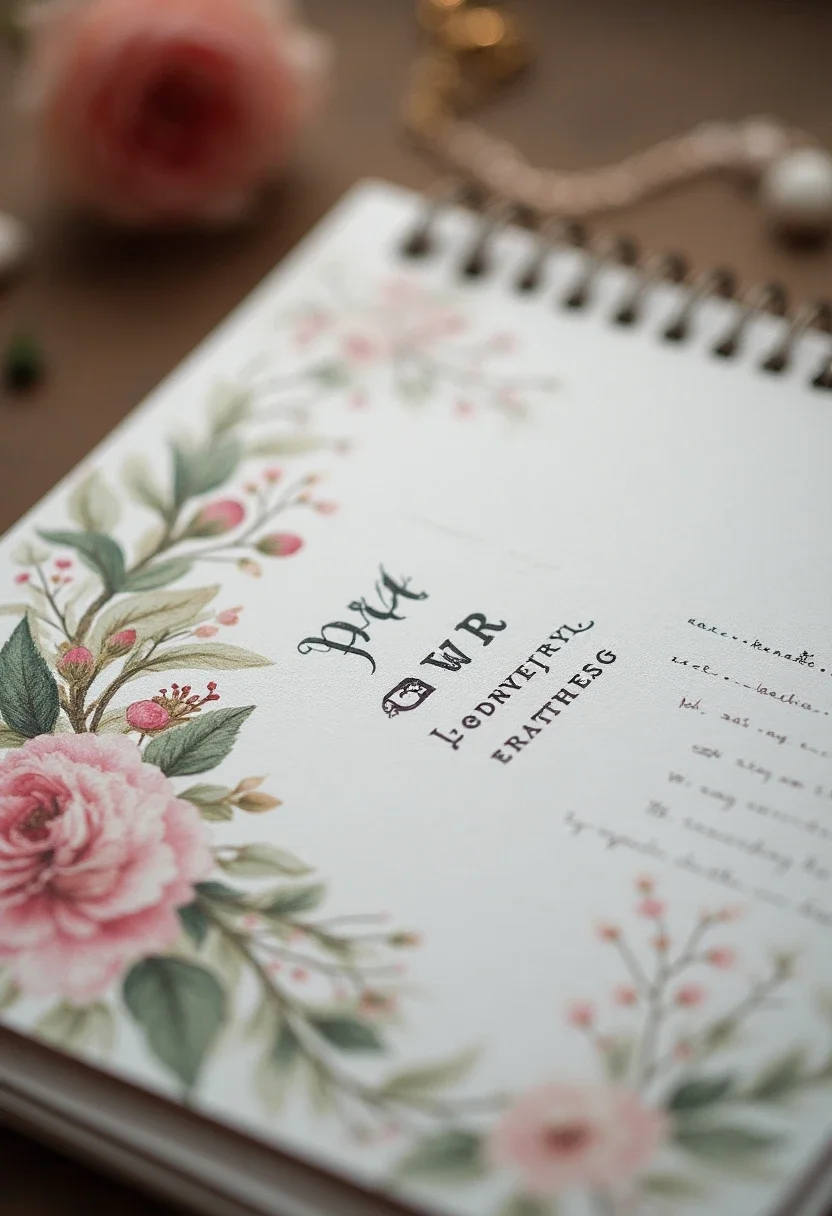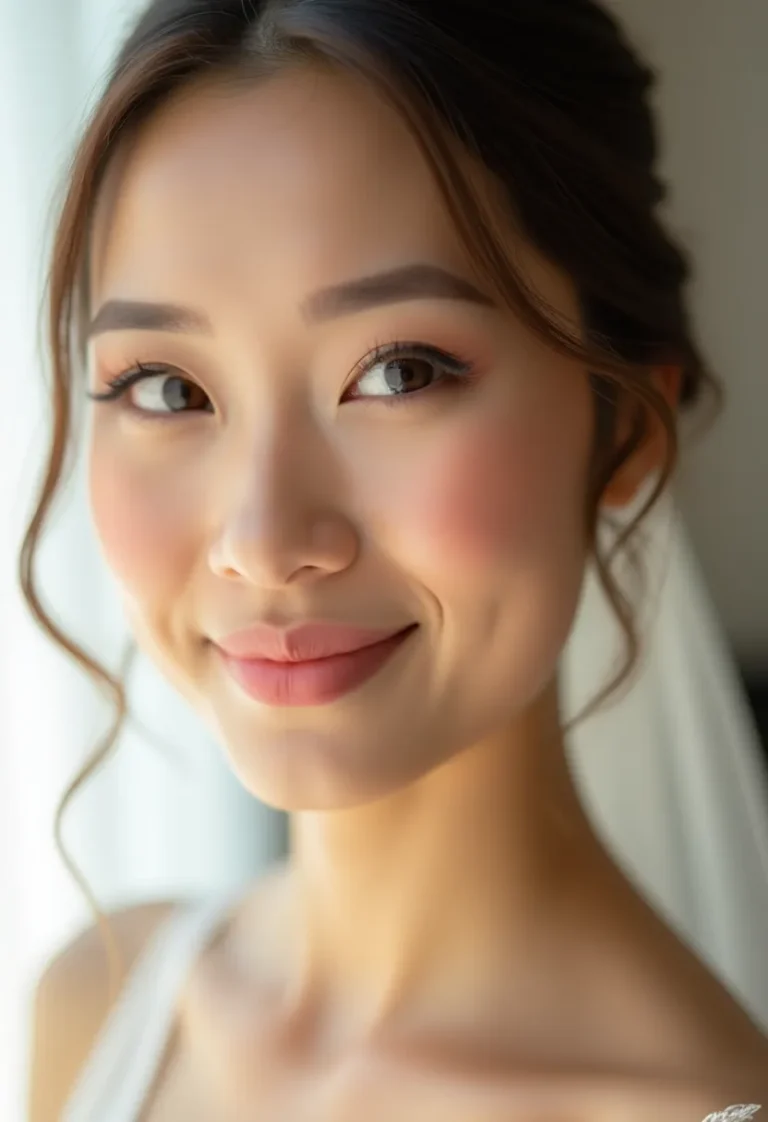10 Essential Tips for Creating the Perfect Wedding Card
Creating the ideal wedding card is an art that combines elegance, personal expression, and practicality. A well-crafted wedding card sets the tone for your big day and provides essential information to your guests. Whether you are planning a traditional ceremony or a contemporary celebration, these tips will guide you in designing a card that reflects your unique style and ensures a memorable first impression.
1. Understanding Your Wedding Theme
Your wedding theme is the foundation of your card’s design. Whether it’s a rustic countryside affair or a glamorous urban event, the card should reflect the overall aesthetic. Consider the colors, motifs, and style elements that define your theme to create a cohesive look. This not only sets expectations for your guests but also creates a harmonious link between your invitation and the wedding itself.
2. Choosing the Right Card Material
The material of your wedding card is a tactile introduction to your event. Options range from luxurious cotton to eco-friendly recycled paper. Traditional choices like vellum and linen offer a classic feel, while more modern materials can add an unexpected twist. The material should complement your theme and provide a durable base for your design elements, ensuring that your invitation remains in pristine condition until the big day.
3. Selecting the Perfect Font
Fonts play a crucial role in conveying the tone of your wedding. Script fonts are elegant and romantic, while sans-serif fonts offer a clean and modern look. Consider readability and ensure that the font style aligns with your theme. Mixing fonts can add visual interest, but limit yourself to two or three to maintain a polished appearance. Choosing the right font is as important as the words themselves, as it sets the emotional backdrop for your message.
4. Crafting a Clear Message
The wording of your wedding card should be clear, concise, and reflective of your personal style. Traditional invitations often follow formal wording, while modern ones allow for more creativity. Ensure that all essential information, such as the date, time, and location, is easily accessible. Consider adding a personal touch through a short poem or a heartfelt note to engage your guests emotionally.
5. Incorporating Personal Touches
Adding personal elements to your wedding card can make it truly special. Consider including a monogram, a couple’s logo, or a meaningful symbol. Personal touches might also involve a favorite quote or a small, hand-written note. These elements not only make your card unique but also create a sentimental keepsake for your guests.
6. Balancing Design and Functionality
While aesthetics are important, a wedding card must also be functional. Ensure that the design does not overshadow the readability of key details. Utilize space effectively, and consider using inserts for additional information. The balance between design and practicality ensures that your card is both beautiful and informative, providing guests with everything they need for your special day.
7. Including Essential Details
Your wedding card should cover all necessary details to avoid guest confusion. Include the date, time, venue, and dress code, if applicable. RSVP information is crucial, and including a map or directions can be helpful. Ensure these details are easy to find and read, either on the main card or on additional inserts, to ensure your guests have a seamless experience.
8. Exploring Creative Layouts
The layout of your wedding card is an opportunity to express creativity. Experiment with different sizes, folds, and layers to create a unique presentation. Gatefold and pocket-fold designs are popular for their elegance and functionality. A creative layout engages your guests from the moment they receive your invitation, setting the stage for an unforgettable event.
9. Embracing Sustainable Options
As sustainability becomes increasingly important, many couples are opting for eco-friendly wedding cards. Recycled paper, seed paper, and digital invitations are environmentally conscious choices. These options can still be elegant and stylish, demonstrating your commitment to the environment. Choosing sustainable materials not only reduces your carbon footprint but also resonates with eco-conscious guests.
10. Timing Your Invitations
Timing is crucial when sending out wedding invitations. Ideally, invitations should be sent six to eight weeks before the wedding date. For destination weddings, consider sending them even earlier to give guests ample time to make travel arrangements. Proper timing ensures that your guests can plan accordingly, increasing attendance and reducing last-minute cancellations.
Creating the perfect wedding card involves careful consideration of design, personal expression, and practical details. By following these ten essential tips, you can craft an invitation that not only reflects your unique style but also provides a warm welcome to your special day. With thoughtful planning and creativity, your wedding card will be a cherished keepsake for both you and your guests.

